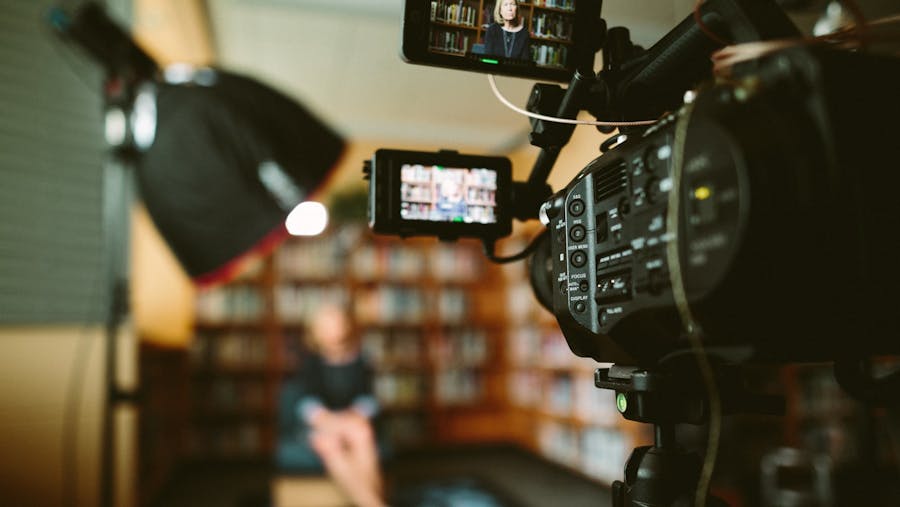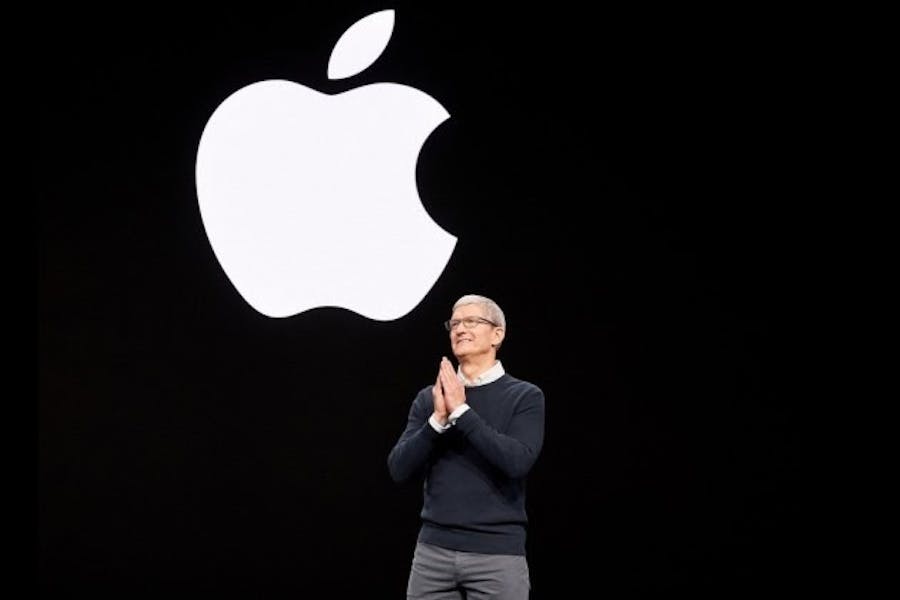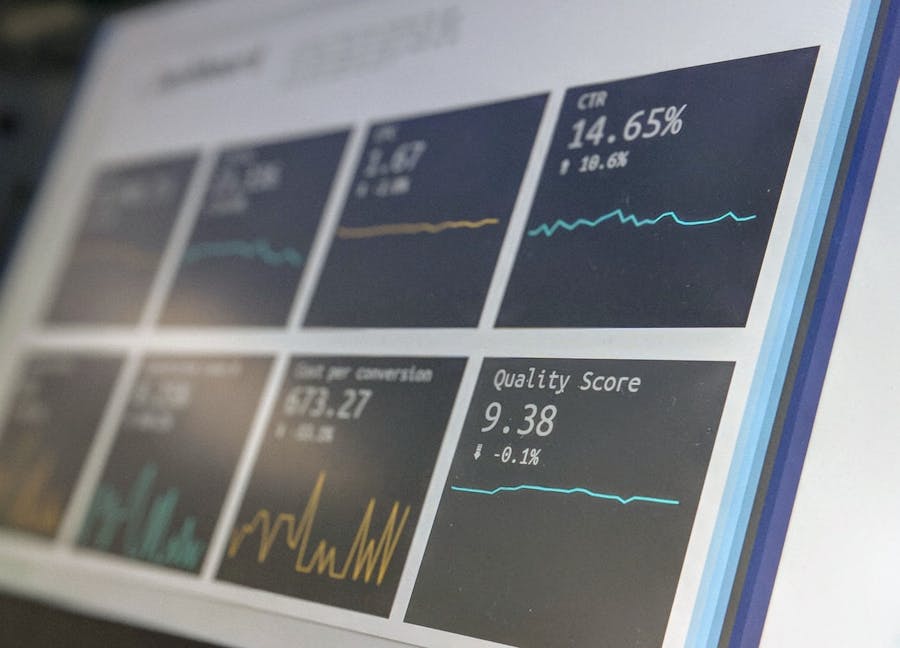How many people do you talk to in the office every day? Do you spontaneously feel like going to your colleagues to talk? This is rare. The internal event allows you to create those moments outside the office that will strengthen the cohesion of your teams. But then how do you ensure that internal events are aligned with the company's objectives?
In this article you will understand the strategic importance of internal events to create a common history among employees. You will see why your events are the guardians of your corporate culture and finally you will know how to improve the commitment and expectation around your event:
What is corporate culture?
In short, culture is defined as the values shared by a group that persist even when group members change. For a company, it is therefore the set of behaviors, communications and dress or language codes adopted by the members of the same entity.
It is essential because it plays in favor of your employer brand, the image that your company projects to your market, and your employees' happiness at work.
How internal events serve the company's culture
To understand the importance of organizing internal events, specifically for employees, you must first be aware of the definition of your own corporate culture to align it with your event.
Highlighting common values
The internal event must be designed with the brand's communication tone and promote the company's values. The purpose of an internal event is, among other things, to remind employees of what unites them (in short, to improve team cohesion and build relationships), facilitating the work of human resources.
During these events, some companies insist on knowledge sharing, others on the cohesion between employees. You have to be very attentive to these elements in the organization of the internal event that reflects your image, otherwise, you risk being sanctioned by your employees. The company's values are crucial for employees as well as for the company's long-term success.
Aligning the strategic vision
The event also aims to bring information down to align employees with the same vision, through conventions or seminars to bring all stakeholders together in the same place.
Simply bringing together collaborators from different departments sometimes allows unexpected collaborations and the disclosure of new ideas (and therefore productivity gains): if an accountant and a marketing assistant agree on a process to define a reasonable budget for example.
Show your appreciation :
Don't hesitate to hold an "appreciation event," either a thank you or a recognition event. It can be aimed at customers as well as employees. In this approach, the ROI of the event is more indirect because it is measured over the long term with qualitative criteria: trust and investment, employee involvement, and retention. These practices can allow you to acquire a solid reputation for your employer brand: Keep in mind that your employees are also your ambassadors.
Our tips and recommendations for a successful internal event:
Project a strong and charismatic image
Don't be afraid to contrast with the classic idea of a corporate event: it should be fun and a great overall experience! If you have a top executive from your company speaking at your event, remember that he/she is basically the embodiment of your company and therefore must be dynamic.
For example, observe and enjoy the mythical entrance of Microsoft CEO Steve Ballmer and imagine your director doing the same at the beginning of the event:
In short: Have fun.
Set the stage
You can quickly get lost in the staging of an event: How will you make your event original? What staging options have you thought of? Is there a master of ceremonies?
Don't neglect your staging because it can change everything! What form is the most interesting for your subject, a table and speakers in the form of a debate? Seats facing the audience in the form of TedX lectures? A lectern and a static speaker? To find out more about organizing the scenography for an event, click here.
Anchor your event in reality with a physical object:
Memories and personalized goodies (we recommend Panopli for your goodies) allow you to anchor this moment in the memories of your employees and offer them a tangible object related to the event. Photobooths and team games are examples of souvenirs that your employees will associate with your event and that will make it limitless!




